Natural cosmetics - are we being misled?
 Pure, organic, green, natural, ethically responsible cosmetics are in. Great from a health and sustainability point of view! Unfortunately, many beauty products marketed as organic or natural are not. They make good use of the weak legislation in this area. For example, a beauty product may call itself organic, while it only contains one organic ingredient. A quality mark also does not always offer a solution, because there are many of them, the criteria used are not always clear and differ per quality mark. Moreover, for most people it is almost impossible or far too time-consuming to find out whether the cosmetics products that are offered as organic, natural or ethically sound are actually so. Time for a blog to give some more clarity.
Pure, organic, green, natural, ethically responsible cosmetics are in. Great from a health and sustainability point of view! Unfortunately, many beauty products marketed as organic or natural are not. They make good use of the weak legislation in this area. For example, a beauty product may call itself organic, while it only contains one organic ingredient. A quality mark also does not always offer a solution, because there are many of them, the criteria used are not always clear and differ per quality mark. Moreover, for most people it is almost impossible or far too time-consuming to find out whether the cosmetics products that are offered as organic, natural or ethically sound are actually so. Time for a blog to give some more clarity.
Why is sustainable cosmetics important?  The recently released Global Assessment Report of the IPBES - the scientific organization of the United Nations that deals with biodiversity - shows that it is really high time to care more about nature. Biodiversity has never been as bad as it is now. The rate at which plants and animal species disappear is tens to hundreds of times higher than the past ten! million years. One million of the total eight million species of plants and animals are threatened with extinction. Which is a threat to the survival of man and the earth. Agriculture and urbanization are important causes, the climate is changing and pollution is increasing. People extract so many raw materials from nature that it is impossible for nature to recover[1]. It should be clear that sustainable raw materials for cosmetics products are not an unnecessary luxury!
The recently released Global Assessment Report of the IPBES - the scientific organization of the United Nations that deals with biodiversity - shows that it is really high time to care more about nature. Biodiversity has never been as bad as it is now. The rate at which plants and animal species disappear is tens to hundreds of times higher than the past ten! million years. One million of the total eight million species of plants and animals are threatened with extinction. Which is a threat to the survival of man and the earth. Agriculture and urbanization are important causes, the climate is changing and pollution is increasing. People extract so many raw materials from nature that it is impossible for nature to recover[1]. It should be clear that sustainable raw materials for cosmetics products are not an unnecessary luxury!
What does organic cosmetics have to do with your health?
Have you ever realized that most of what you put on your skin goes straight into your bloodstream? And not as food is still broken down by the liver? And did you know that the skin forms 60 percent of your body surface, so it is actually more important to use healthy cosmetics than to eat healthy? You know from truly organic cosmetics that no pesticides or other unsafe substances have been used in the production of ingredients. And that the ingredients are grown sustainably.
When is cosmetics natural? The ambiguity of labels.
What is and what is not 'healthy' natural cosmetics is difficult for most of us to determine. There are at least eight different certification labels for natural cosmetics in Europe alone [2] . Each of these quality marks uses its own standards. One being stricter than the other. Almost impossible for the consumer to make sense of this.

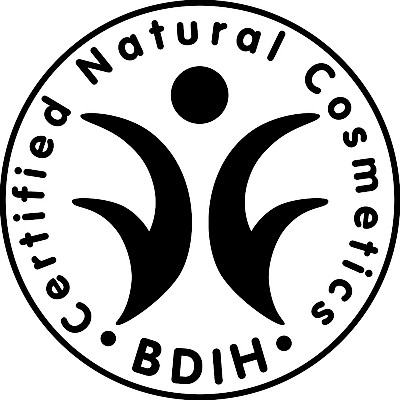

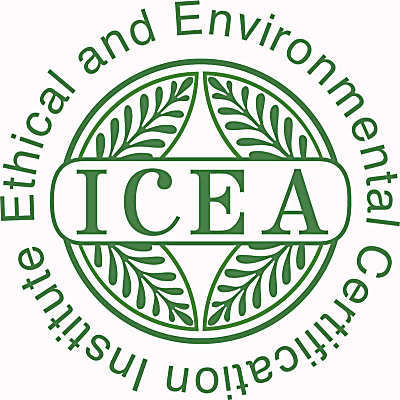


To create more clarity, the European quality mark COSMOS was launched in 2010, after years of consultation. A joint quality mark of the major European certifiers. Because it was difficult for them to agree on the standards for this quality mark, it has never really taken off until now.
A number of European cosmetics manufacturers thought the launch of COSMOS was taking too long and therefore introduced the NaTrue quality mark in 2008. This quality mark is increasingly found on natural beauty products. But in addition to the various other quality marks. Moreover, NaTrue has different requirements for natural cosmetic products, natural cosmetics with organic ingredients and organic cosmetic products. Very logical in itself, because the 'purity' differs per category. However, this does not make it easy for a consumer to quickly see how pure a product with a NaTrue quality mark is. Moreover, it is not easy to find out exactly what the criteria are for each category. I searched online and came across a document that requires a whole study to clarify. I couldn't find a simple 'quick scan' overview anywhere.
The background of the NaTrue quality mark is explained in the video below
To make it even more complex, a number of brands deliberately do not have an organic label. Because they find the requirements of the quality marks insufficiently strict. While at least some of these brands are more organic/pure than many products that are certified. For example, a certified organic product may contain up to five percent synthetic preservative. And a number of natural labels allow the use of skin irritants such as phenoxy ethanol or cocamidopropyl betaine. Worldwide there are some very smart people who have succeeded in making safe and effective cosmetic products without synthetic preservatives. And therefore don't want to be 'shaved with the same brush', with brands with a quality mark, which do use synthetic preservation.
There are also super pure (smaller) brands, for whom certification is too expensive. To determine whether the products of these brands are really organic, it is important to know the background and founder / product developer of the brand. I [5] always ask smaller brands about the origin of ingredients, if it is not immediately clear whether they are organic or purely natural (not polluted).
Green washing
Moreover, as also indicated above, cosmetics sold as organic do not have to be certified as such. This is in contrast to foodstuffs. A beauty product can therefore be described as organic, even if it contains only one organic ingredient. The consumer is easily fooled by slogans such as 'with organic ingredients', 'organic', 'natural', 'Sanex 0% - without parabens, dyes, phenoxyethanol', etc..
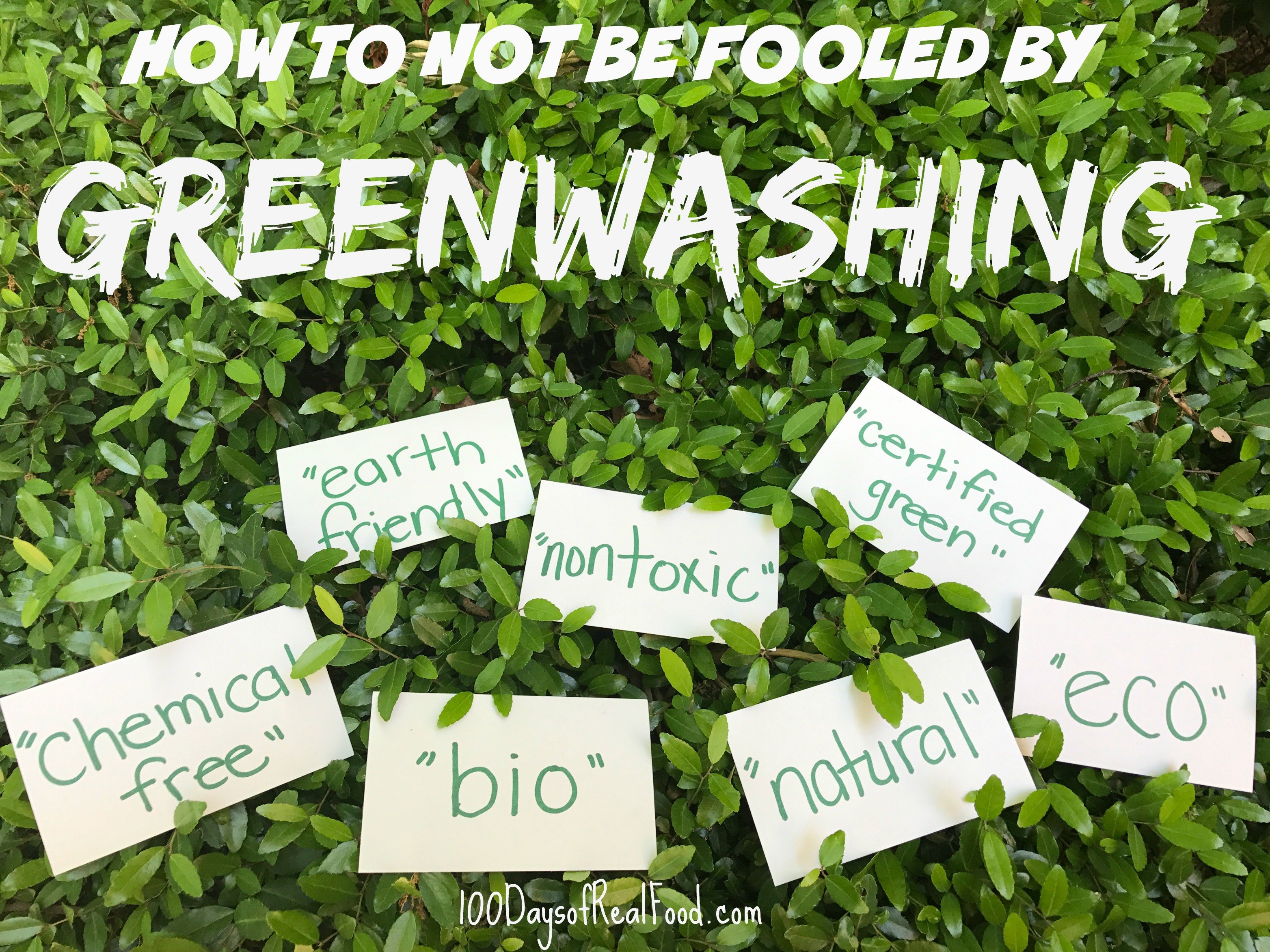
The natural look of brands such as Aveda, Rituals and the Body Shop also makes many consumers think that they are natural or even organic. However, many products of these brands still contain ingredients that are harmful to health or the environment [3]. And are certainly not, or only to a limited extent, organic. A brand like Aveda is developing many good initiatives in the field of sustainability. [4]
Unfortunately, an ingredient known to consumers as unsafe, such as parabens, is regularly removed from a product and replaced by an ingredient that is equally harmful or perhaps even more harmful. But not known to the consumer. Not a disaster, if a brand is transparent about this. But often this is not the case. And the appearance is created that a product is healthy, because it does not contain parabens, for example.
Example of confusing products - Bio Oil
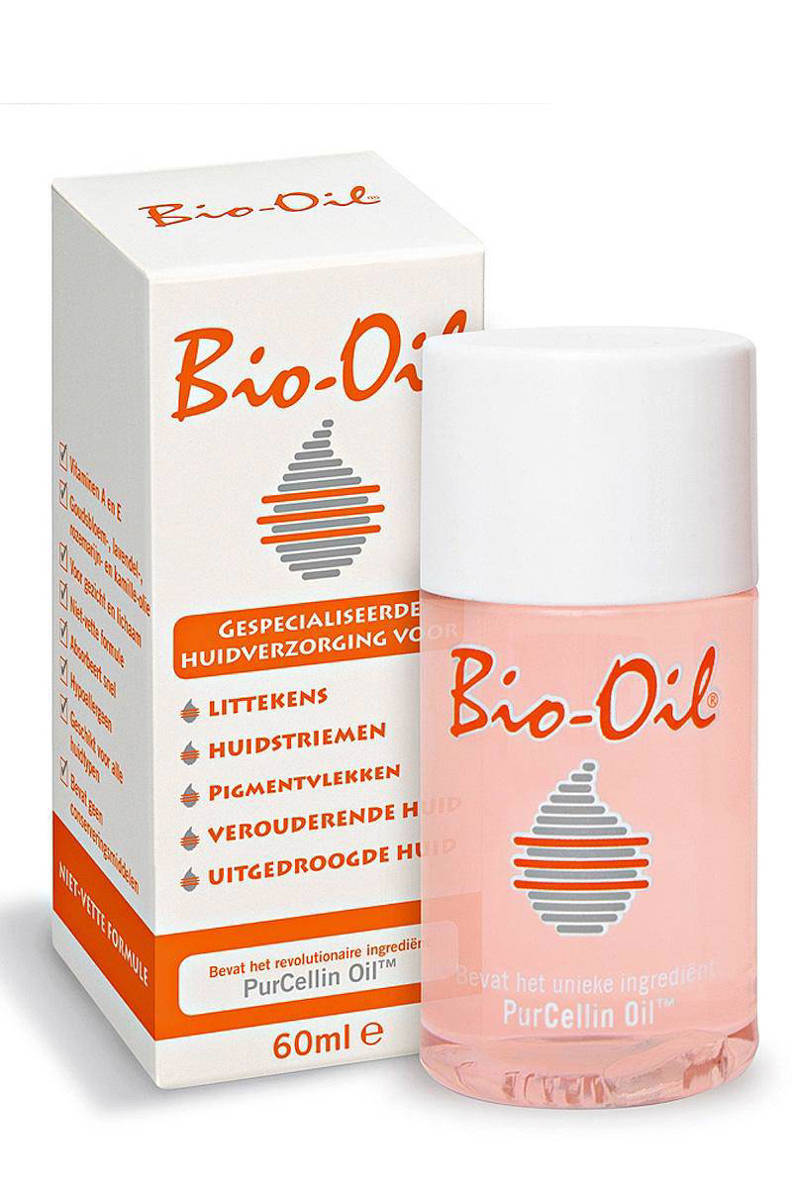 The name of this product sounds super organic. However, an organic ingredient cannot be found in the oil. The main ingredient of this oil is also paraffinum liquidum. A cheap residual product from the oil industry, which gives a soft skin feeling, but closes your skin. So that the natural skin function is disrupted. If you stop using a product with paraffinum liquidum, your skin will feel dry and tight. Your skin needs more and more product to keep feeling soft. Paraffinum liquidum or its less liquid 'sister' petrolatum is the basis of many cosmetic products. Just look at ingredient lists.
The name of this product sounds super organic. However, an organic ingredient cannot be found in the oil. The main ingredient of this oil is also paraffinum liquidum. A cheap residual product from the oil industry, which gives a soft skin feeling, but closes your skin. So that the natural skin function is disrupted. If you stop using a product with paraffinum liquidum, your skin will feel dry and tight. Your skin needs more and more product to keep feeling soft. Paraffinum liquidum or its less liquid 'sister' petrolatum is the basis of many cosmetic products. Just look at ingredient lists.
Example of Confusing Products - Sanex 0%
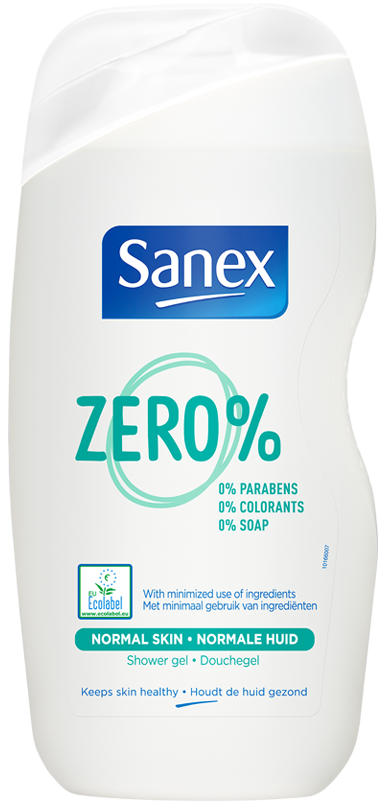 Contains 0% parabens , 0% dyes, 0% soap. And guarantees the absence of fragrance allergens. It has also been dermatologically tested. However, the shower gel contains foaming agents sodium laureth sulfate and cocamidopropyl betaine. Both not really skin friendly ingredients.
Contains 0% parabens , 0% dyes, 0% soap. And guarantees the absence of fragrance allergens. It has also been dermatologically tested. However, the shower gel contains foaming agents sodium laureth sulfate and cocamidopropyl betaine. Both not really skin friendly ingredients.
Natural or ethical does not equal healthy
Many people do not realize that a (vegetable) ingredient can be natural and/or produced ethically, but if it is not organic, it can still contain residues of chemical crop improvers or toxic weed killers. A so-called 'natural' cosmetics product can therefore still be full of substances that are less fine for your health.
Are truly pure ingredients always organic?
This is not the case. A number of ingredients can never be organic, but they can be super pure. For example, algae harvested from untouched nature or Himalayan or Dead Sea salt. These ingredients are not grown, and therefore not organic. A cosmetic product with a high content of ingredients from untouched nature can therefore not have an organic quality mark, but it can be 100% natural and also super pure!
Advancing insight - safe today, no longer tomorrow
Partly because the market for organic cosmetics is a developing market, it is not yet known whether or not all ingredients are harmful to your health. Just take a look at the extensive 'Skindeep' cosmetics ingredient database of the renowned Environmental Working Group [6] - little is known about the safety for your health of many newer ingredients. When I started INDISHA in 2010, phenoxy ethanol was used as an approved safe preservative for organic and natural cosmetics by regulatory authorities. Unfortunately, around that time it became clear that it is a skin irritating ingredient. So does not belong in organic / natural cosmetics. For many organic brands that used phenoxy ethanol a (financial) drama. A new way of preserving had to be found. And replace existing products with others.
Seeing the forest through the trees
Can you still keep up? Hopefully it has become a bit clearer how difficult it is to (quickly) assess whether a cosmetic product is sustainable and/or natural or organic. And how easy it is for a brand to fool you. Consciously or unconsciously, because - as strange as it may sound - even manufacturers hired by brands for product development often lack knowledge about the safety of ingredients. This is one of the reasons I started INDISHA; to spare other people when switching to 'healthy' cosmetics, my search for really pure cosmetics. At INDISHA we thoroughly check all products for purity of ingredients before including them in our range. We only include those cosmetic products that we are convinced are so pure that you could eat them in our range. We also pay attention to the sustainability of packaging material and, where relevant, to fair trade production. If we are wrong - which to my knowledge has not happened so far -, or if scientific insights change, we are the first to communicate this and adjust our range where necessary.
[1] NRC News 07-05-2019
[2] Soil Association (2002, UK), BDIH (1995, Germany), ICADA (Germany), Ecocert (2002, France), Cosmebio (2002, France), ICEA (2003, Italy), BioCosc (2006, Switzerland) , Biowarranty (2004, Belgium)
[3] For example , SLES and Cocomidapropyl in Rituals shower gel . These provide lather, but are both skin irritants. Or questionable preservative phenoxy ethanol
[ 4] Is Aveda a decent green option? NOW magazine
[5] Jeanine from INDISHA
[6] The Environmental Working Group is a renowned American non-profit organization with the aim of 'to empower people to live healthier lives in an EWG'.


